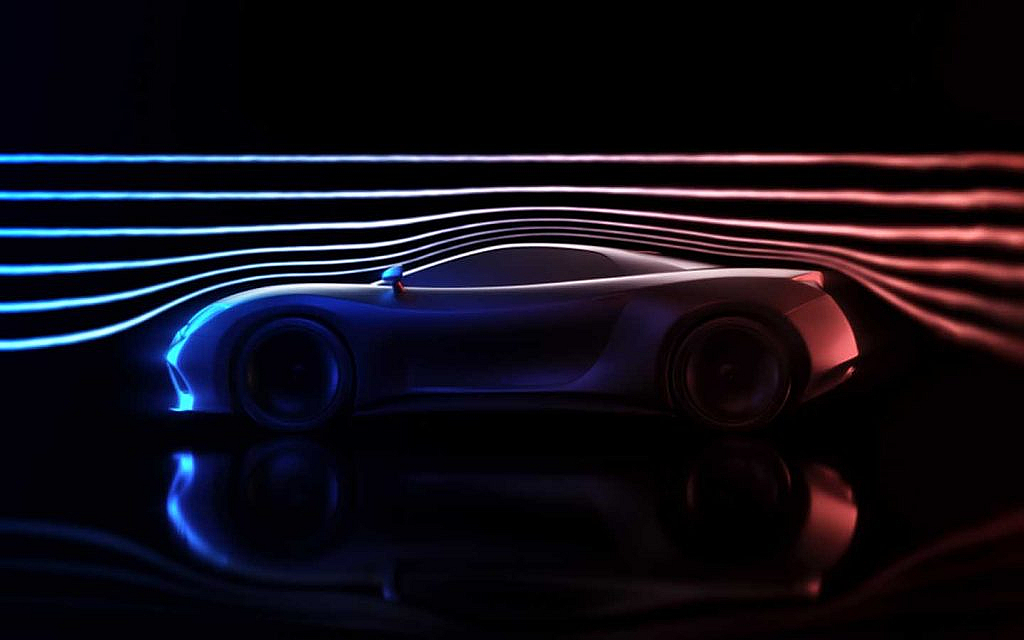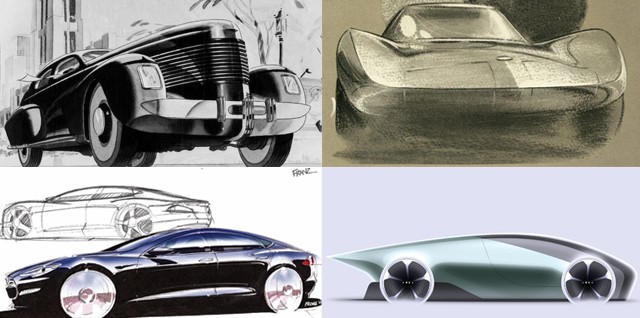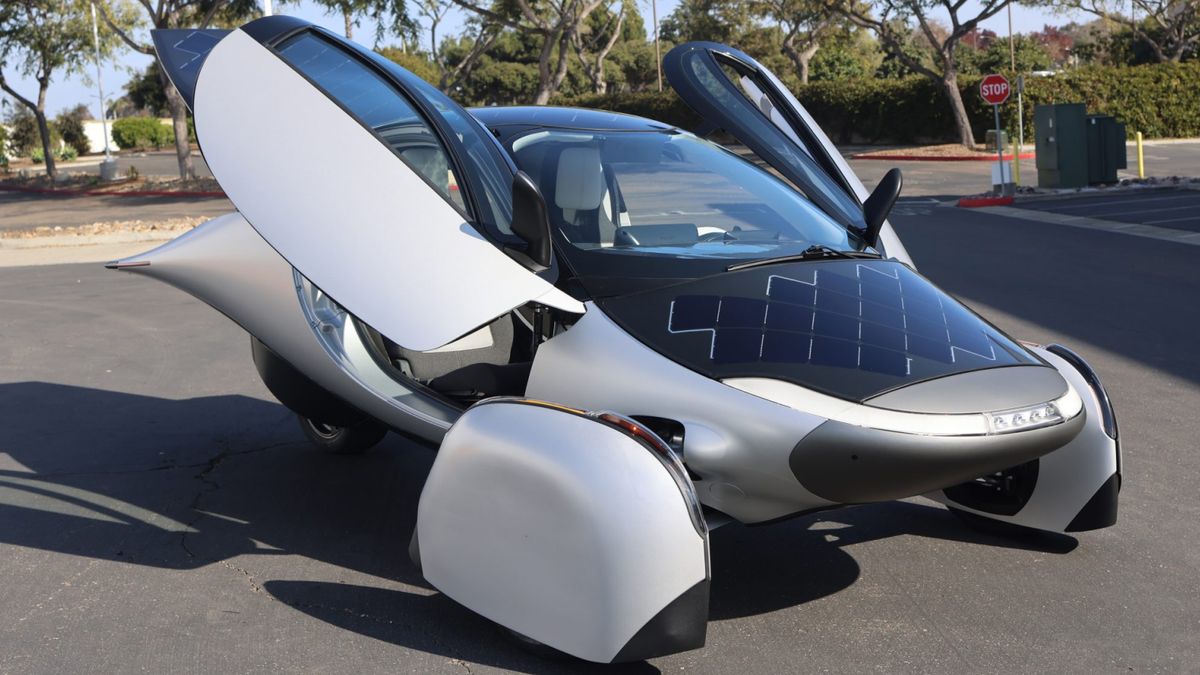Aerodynamics in Car Performance
Author: Clarke Durham

Airflow and Vehicle Motion
Aerodynamics deals with how air moves around a car’s body. Smoother airflow means less resistance, helping vehicles move more efficiently.
The Drag Factor
Drag is the force that resists movement through air. Designers work to reduce this by shaping vehicles with rounded edges and low profiles.
The Role of the Front End
The nose of the vehicle is often curved or sloped to help air pass smoothly. This shape begins the process of directing airflow with purpose.
Side Panels and Flow Control
The sides of a car play a big role in airflow. Flush door handles and tight panel gaps minimize disruptions in air movement, improving aerodynamic quality.
Underbody Design and Resistance
Air beneath a vehicle can create turbulence. Smooth underbody panels or diffusers help manage this airflow, reducing drag and lifting forces.
Rear Spoilers and Downforce
Spoilers help push air down onto the car’s rear, increasing grip on the road at higher speeds. This makes driving more stable and responsive.
The Windshield Angle
A steeply raked windshield improves both appearance and air performance. It allows air to glide across the top of the vehicle with fewer disruptions.

Mirrors and Surface Features
Side mirrors, roof rails, and other features can create drag. Modern designs aim to reduce their size or integrate them better into the car’s shape.
Air Intakes and Cooling Balance
Cars need airflow for cooling, but large intakes increase resistance. Designers must balance airflow with performance needs to prevent overheating without adding too much drag.
Lighter Builds and Smoother Surfaces
Aerodynamic efficiency is often paired with lightweight materials. Together, they reduce the energy needed to move the car forward.
Benefits at Everyday Speeds
Even at moderate speeds, better aerodynamics can improve energy use and reduce noise. This creates a quieter and more efficient drive overall.
A Key Element in Vehicle Design
Aerodynamics is no longer just for performance models. Today, it's a core part of vehicle design, improving function, comfort, and efficiency on every drive.
Popular Articles

